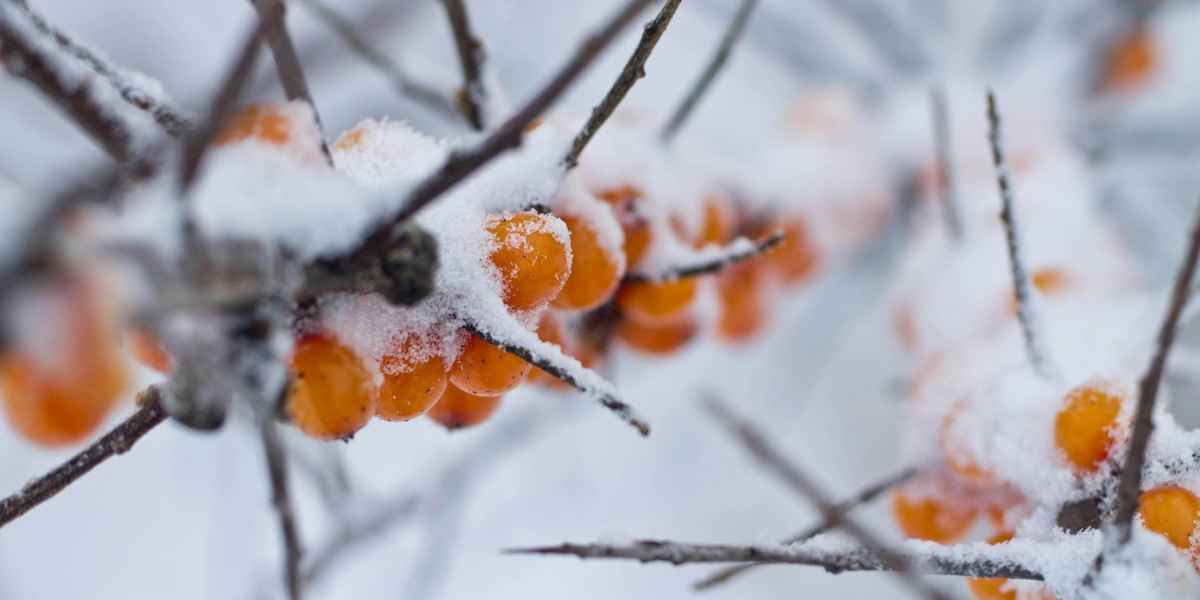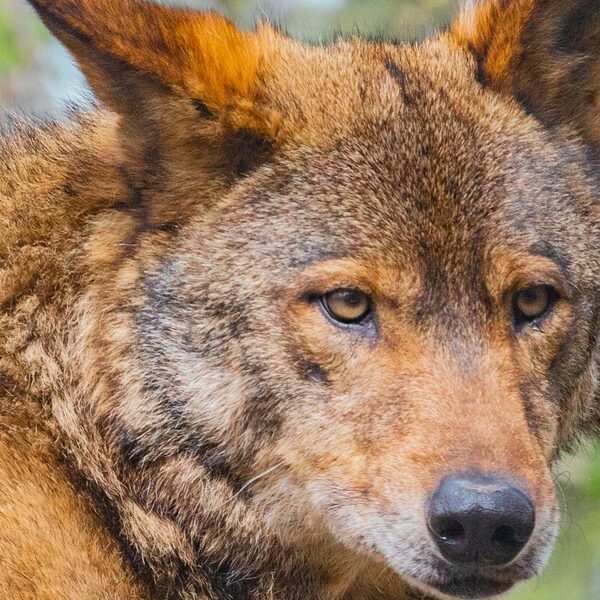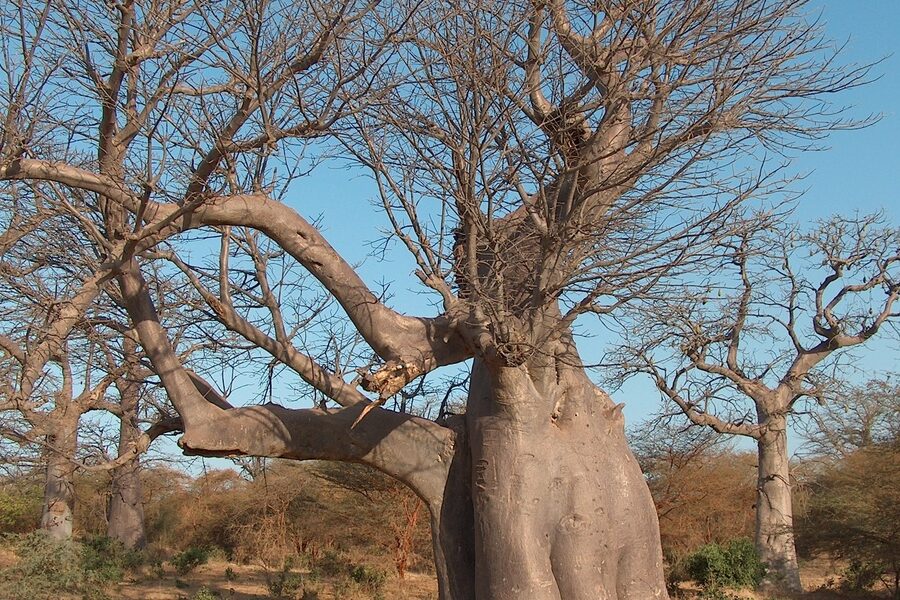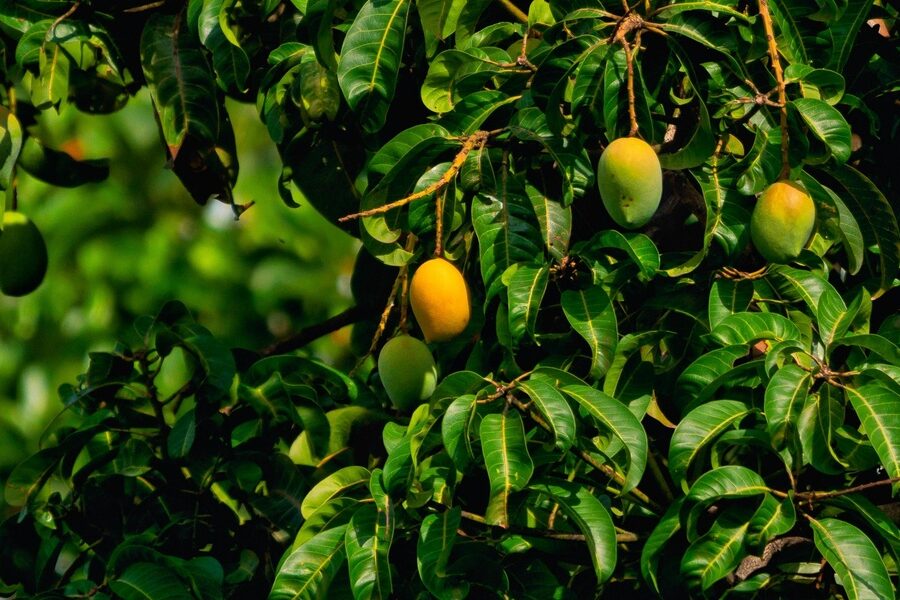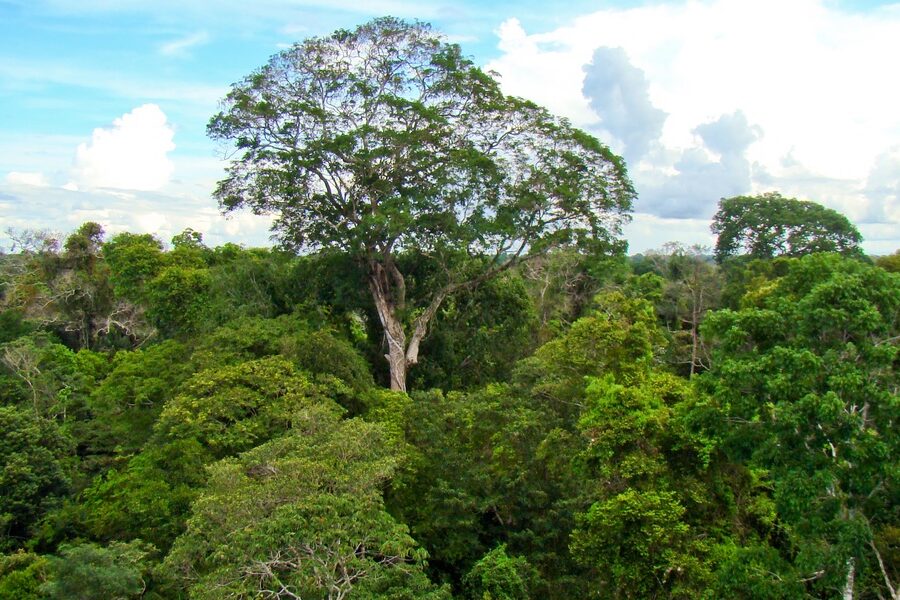Mongolia’s wide skies and varied landscapes — from river valleys to mountain foothills and steppe — support a surprising range of wild and cultivated fruit. Local diets and seasonal markets reflect that diversity, with small-scale orchards and foraged berries playing a steady role in rural foodways.
There are 26 Fruits of Mongolia, ranging from Apple to Wild apple (Siberian crab). For each entry the list gives Scientific name,Mongolian name,Season (months) so you can see botanical identity, local terminology, and when fruits are available — you’ll find below.
Which of these fruits are truly native and when can I expect them to ripen?
Many are native or long-naturalized (for example several wild apples and berries); ripening generally runs from early summer for soft berries to late summer and early autumn for tree fruits. Check the Season (months) column for each item below to plan for fresh picking or market visits.
Is it safe and legal to forage these fruits in Mongolia?
Foraging is common but observe private property and protected-area rules, avoid harvesting species listed as protected, and be certain of identification before eating wild fruits; when in doubt, ask local foragers or guides and follow basic food-safety steps like washing and cooking where appropriate.
Fruits of Mongolia
| Name | Scientific name | Mongolian name | Season (months) |
|---|---|---|---|
| Apple | Malus domestica | алим (alim) | Aug–Sep |
| Wild apple (Siberian crab) | Malus baccata | зэрлэг алим (zerleg alim) | Aug–Sep |
| Sea buckthorn | Hippophae rhamnoides | чацаргана (chatsargana) | Aug–Sep |
| Siberian apricot | Prunus sibirica | сибирийн интоор (sibirijn intoor) | Jul–Aug |
| Apricot (cultivated) | Prunus armeniaca | априкот (aprikot) | Jul–Aug |
| Sweet cherry / Nanking cherry | Prunus tomentosa / Prunus species | черри/алтан интоор (cherry/altan intoor) | Jun–Jul |
| Plum (wild and cultivated) | Prunus spp. | ливиш/уулын интоор (livish/uulin intoor) | Aug–Sep |
| Peach (market) | Prunus persica | пийш/пич (peach) | Jul–Aug |
| Pear (cultivated) | Pyrus communis / Pyrus pyrifolia | груш/алим хуш (pear) | Aug–Sep |
| Grape | Vitis vinifera / Vitis amurensis | ангур/төмөр жимс (angur/tömör jims) | Aug–Sep |
| Watermelon | Citrullus lanatus | мэлон/усан тарвас (melon/usan tarvas) | Jul–Aug |
| Melon (muskmelon) | Cucumis melo | талх/хөөс мэлон (talh/melone) | Jul–Aug |
| Strawberry | Fragaria × ananassa / Fragaria spp. | улбар/жимс (ulbar/jims) | Jun–Jul |
| Raspberry | Rubus idaeus / Rubus spp. | малинa/зөөгч жимс (malina/zööch jims) | Jul–Aug |
| Blackberry / Bramble | Rubus fruticosus complex | хар зэв/зэрлэг хаш (har zev/zerleg hash) | Jul–Aug |
| Bilberry / Blueberry | Vaccinium myrtillus / V. uliginosum | цэнхэр жимс/голын бэрс (tsenkher jims/golyn bers) | Jul–Aug |
| Lingonberry | Vaccinium vitis-idaea | яламж/хасар (ylamzh/hasar) | Aug–Sep |
| Cloudberry | Rubus chamaemorus | бүлээн үжир/мөөгөн жимс (buleen üjir/möögön jims) | Jul–Aug |
| Crowberry | Empetrum nigrum | хар буурцаг/хаш (khar buurtsag/hash) | Aug–Sep |
| Cloud grape / Haskap (blue honeysuckle) | Lonicera caerulea | хаскап/голцуу жимс (haskap/goltsuu jims) | Jun–Jul |
| Rose hip | Rosa acicularis / Rosa spp. | үлгэр роза/төгрөг (rosa/tögrog) | Sep–Oct |
| Currant (red/black) | Ribes rubrum / Ribes nigrum | жүрж/күк жимс (jürj/kük jims) | Jul–Aug |
| Barberry | Berberis spp. | барбарис (barbaris) | Sep–Oct |
| Goji / Wolfberry | Lycium barbarum / Lycium chinense | гожи/нохойн жимс (goji/nohoin jims) | Aug–Sep |
| Quince | Cydonia oblonga | хурц алим/хурма (khurts alim/khurma) | Sep–Oct |
| Mulberry | Morus alba / Morus spp. | жааз/элгэн жимс (jaaz/elgen jims) | Jun–Jul |
Images and Descriptions

Apple
Common orchard fruit grown across Mongolia’s valleys and markets. Cultivated widely; wild relatives dot forests. Eaten fresh, baked, or preserved into juice and jams; a dependable, sweet staple in summer and autumn diets.
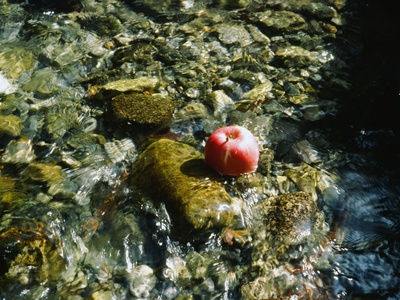
Wild apple (Siberian crab)
Small, tart apples from wild trees in forested northern and central Mongolia. Foraged and used for preserves, cider-like drinks and traditional medicine; valued for hardiness and intense aroma compared with cultivated apples.
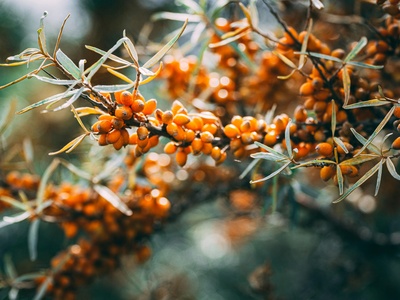
Sea buckthorn
Bright orange, tart berries common on shrubs across Mongolia, especially Khangai and Gobi fringes. Native and widely foraged; used fresh, in juices, oils and medicinal syrups rich in vitamin C and omega fatty acids.
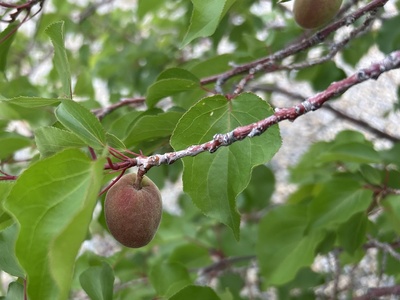
Siberian apricot
Native apricot-like fruit found in southern and forest-steppe zones. Smaller and more tart than cultivated apricots; eaten fresh when ripe, dried, or made into jams and fermented beverages in local households.
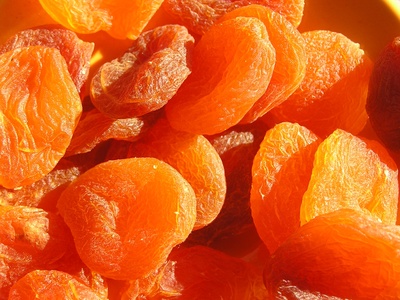
Apricot (cultivated)
Cultivated in southern oases and home gardens; prized for sweet flesh and drying. Eaten fresh, dried into “хатаасан” snacks, made into jams and traditional fruit preserves across Mongolia during summer harvests.
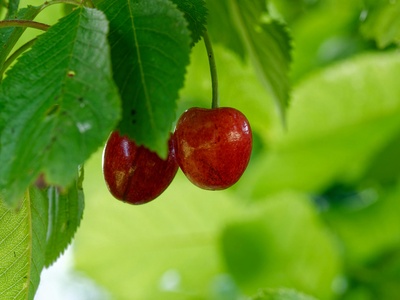
Sweet cherry / Nanking cherry
Wild and garden cherries occur in forests and hedgerows; tangy and sweet varieties used fresh, in compotes, preserves and baked goods. Foraged bushes common near rivers and in mountain valleys.
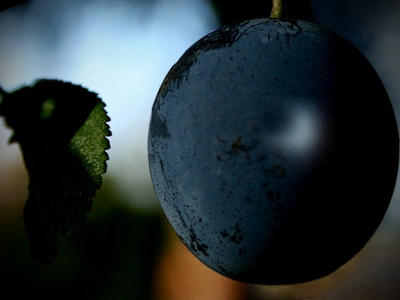
Plum (wild and cultivated)
Both wild plums and small cultivated varieties grow in gardens and wild thickets. Used for drying, jams, fermented drinks and baking; wild plums are tart and valued in rural kitchens.
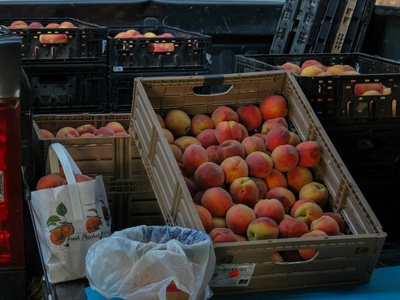
Peach (market)
Often sold in summer markets, many peaches are imported or greenhouse-grown. Soft, sweet fruit eaten fresh or sliced into salads and desserts; less common than apples but popular in Ulaanbaatar markets.
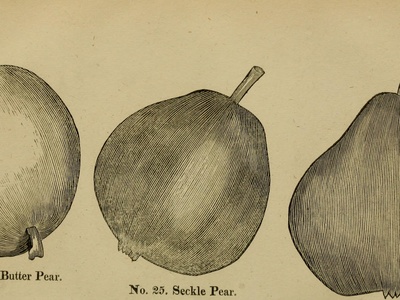
Pear (cultivated)
Garden pears are found in orchards and markets, particularly in sheltered southern valleys. Eaten fresh, poached or preserved; some hardy Asian pear types are grown in backyard plots.
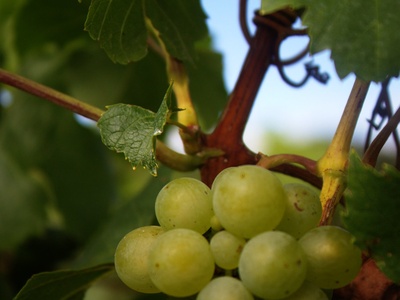
Grape
Grown in protected sites and sold in markets; small-scale vineyards exist in warmer pockets and greenhouses. Eaten fresh, dried into raisins, or used for local fermented drinks.
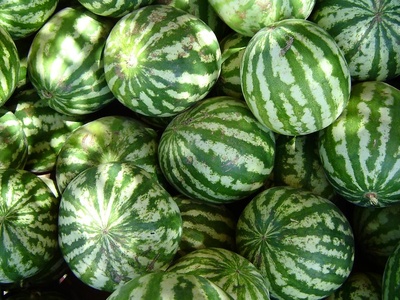
Watermelon
Common summer market fruit, often sourced from southern farms or imports. Large, refreshing, and popular at picnics; sold by the slice or whole during hot months.

Melon (muskmelon)
Sweet melons appear in markets through summer, grown in southern regions or imported. Eaten fresh, in fruit salads, or chilled as a summer treat.
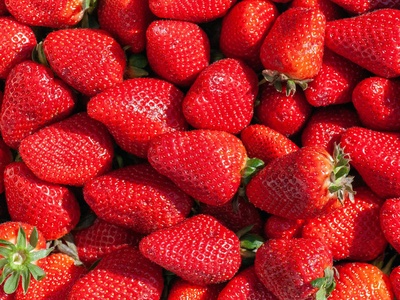
Strawberry
Garden-grown and greenhouse strawberries are sold in markets and Ulaanbaatar grocery stalls. Fresh fruit is eaten raw, used in desserts, or preserved; small wild types are foraged in northern woods.
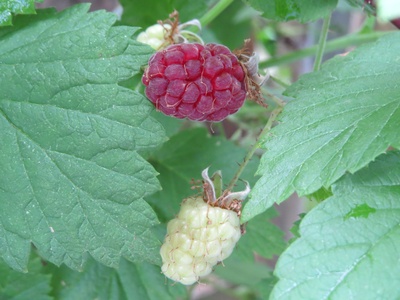
Raspberry
Wild and cultivated raspberries grow in montane thickets and garden plots. Tenderly sweet or tart; used fresh, in jams, syrups, and traditional desserts. Foraged raspberries are a summer highlight.
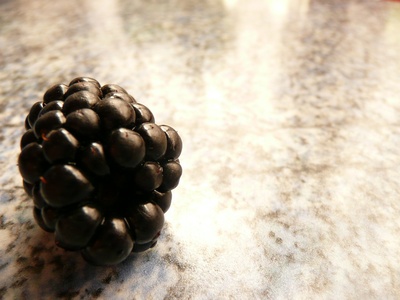
Blackberry / Bramble
Brambles occur in sheltered valleys and riverbanks. Blackberries are eaten fresh or preserved; less common than raspberries but foraged where shrubs thrive.
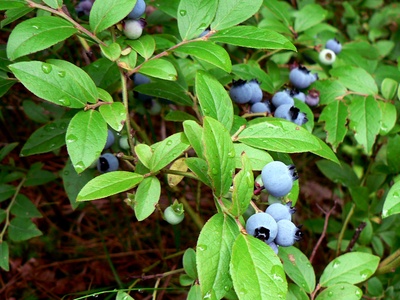
Bilberry / Blueberry
Wild bilberries and bog blueberries grow in boreal forests and marshes of northern Mongolia. Deep-flavored, antioxidant-rich berries used fresh, in pancakes, jams and medicinal infusions.

Lingonberry
Small tart red berries in conifer forests and tundra. Foraged and used in preserves, sauces and folk remedies; prized for their bright acidity and long shelf life when sugared.

Cloudberry
Rare alpine/peatland berry found in northern bogs. Amber-colored, richly aromatic; eaten fresh, turned into jams or paired with dairy. Valued as a delicacy where found.
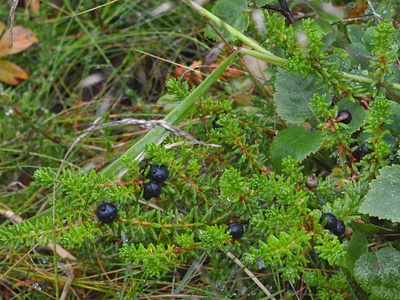
Crowberry
Dark, waxy berries in tundra and alpine heath. Mild and slightly astringent; traditionally boiled into drinks, preserves or mixed with other berries for flavor and nutrition.
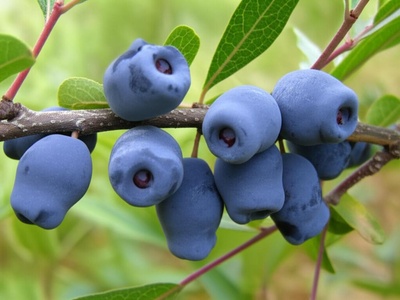
Cloud grape / Haskap (blue honeysuckle)
Early, elongated blue berries growing wild and increasingly cultivated. Tart-sweet with high antioxidants; used in jams, juices and experimental farm products in northern and central Mongolia.

Rose hip
Bright red-orange hips from wild roses common across steppes and forest edges. High in vitamin C; dried and brewed as tea, made into syrups, jams or medicinal tonics by nomadic households.
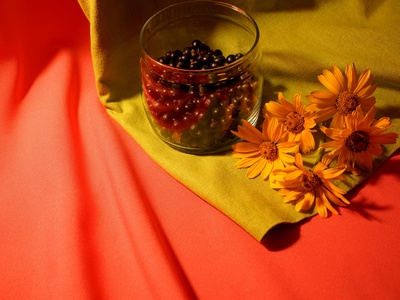
Currant (red/black)
Garden currants appear in small-scale orchards and markets. Tart red and black varieties are used in jams, syrups and baking. Less widespread but common in household gardens.
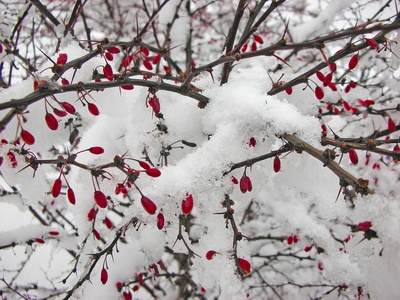
Barberry
Sour red berries on thorny shrubs in foothills and steppe edges. Foraged and used as a souring agent, in preserves or traditional remedies; sometimes cultivated ornamentally but edible and tart.
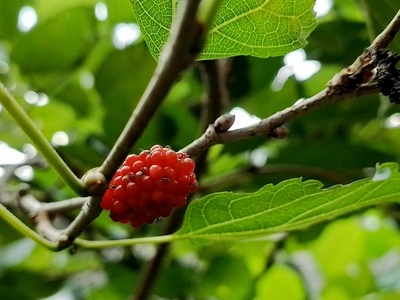
Goji / Wolfberry
Goji berries grow wild or are cultivated in southern Mongolia and border regions. Marketed for medicinal use; dried berries are used in soups, teas and as a health food.
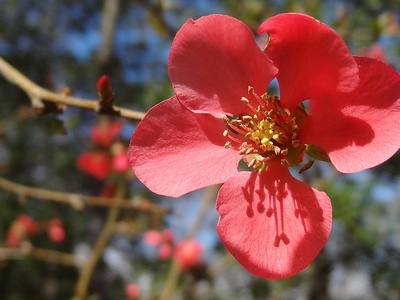
Quince
Aromatic, hard fruit grown in home gardens and orchards. Typically cooked, candied or made into jams and pastes because of its astringency raw; valued for preserves through winter months.

Mulberry
Mulberries grow in sheltered urban and southern sites; sweet when ripe and commonly sold locally. Eaten fresh, dried or used in homemade syrups and desserts in communities cultivating trees.
